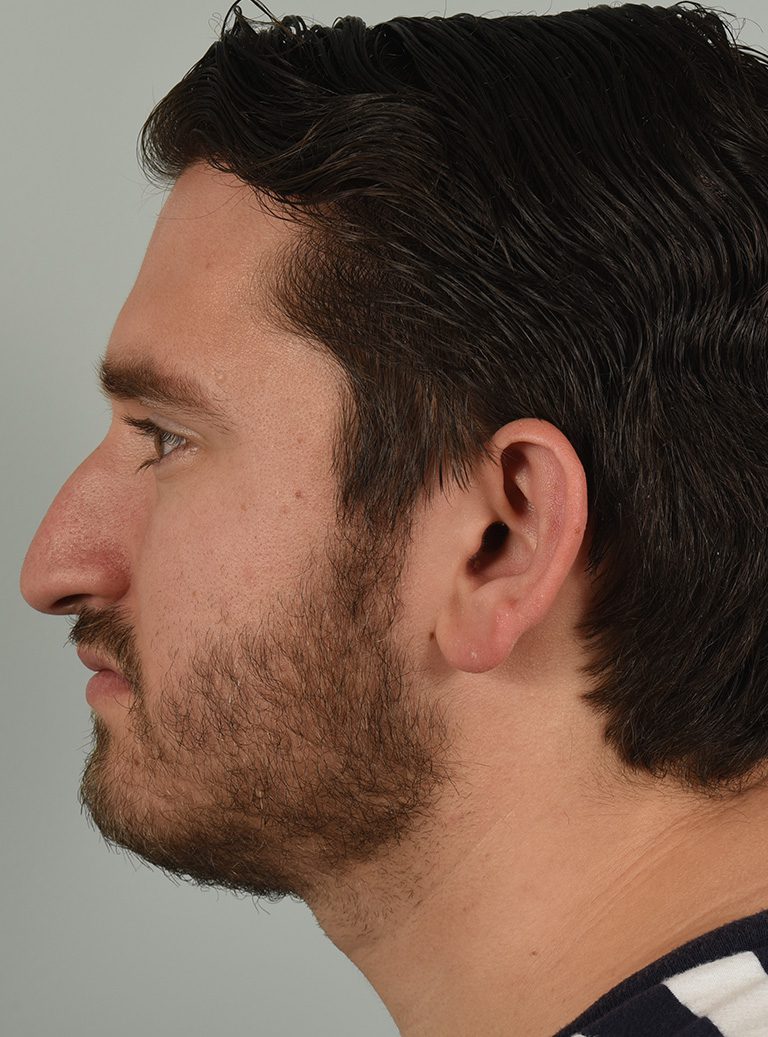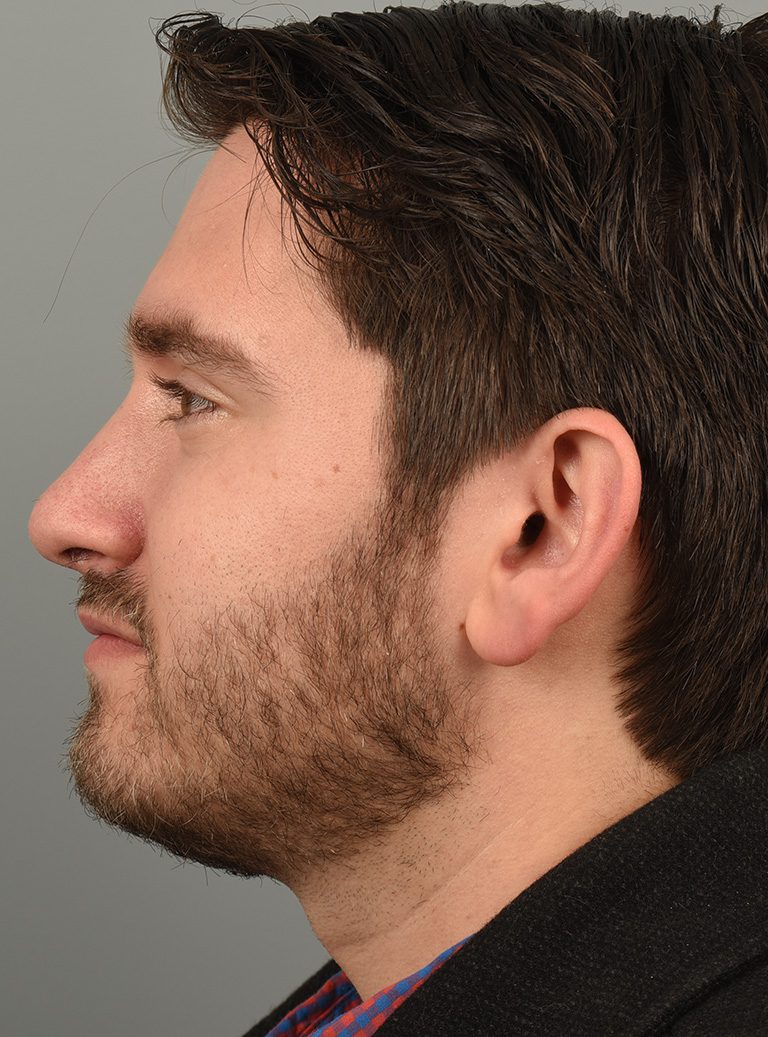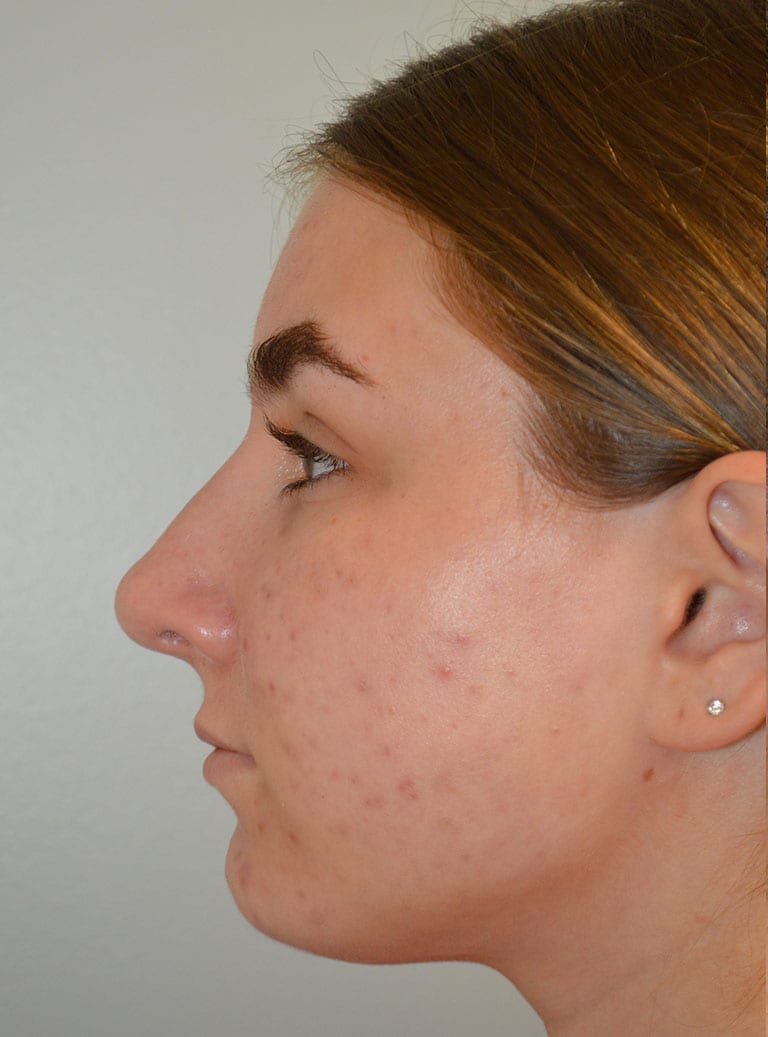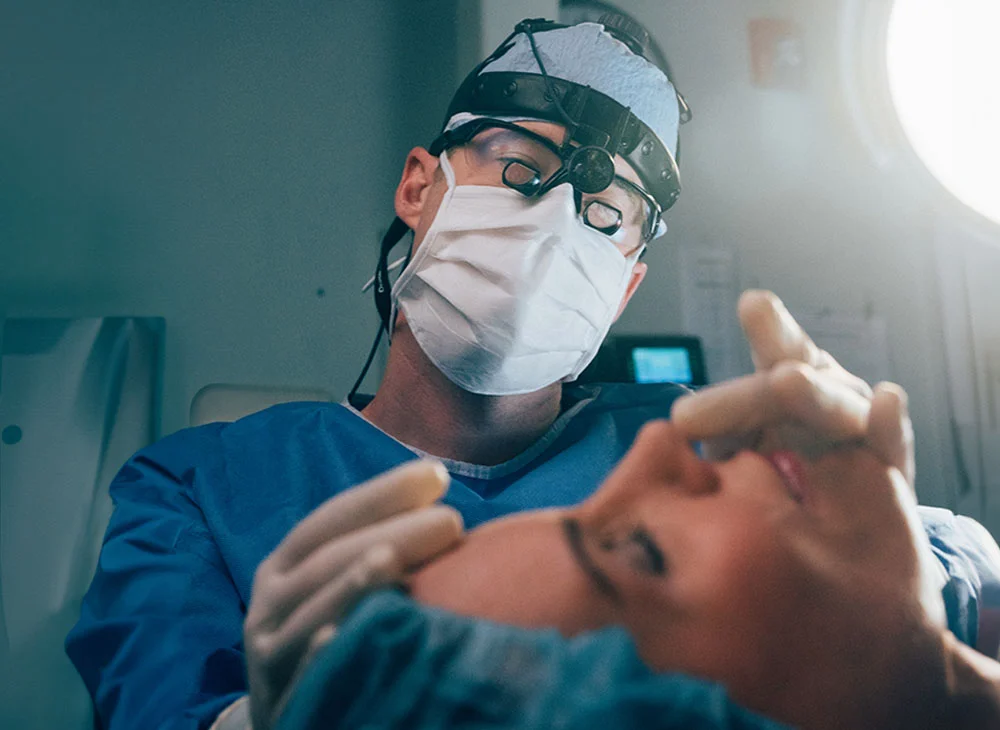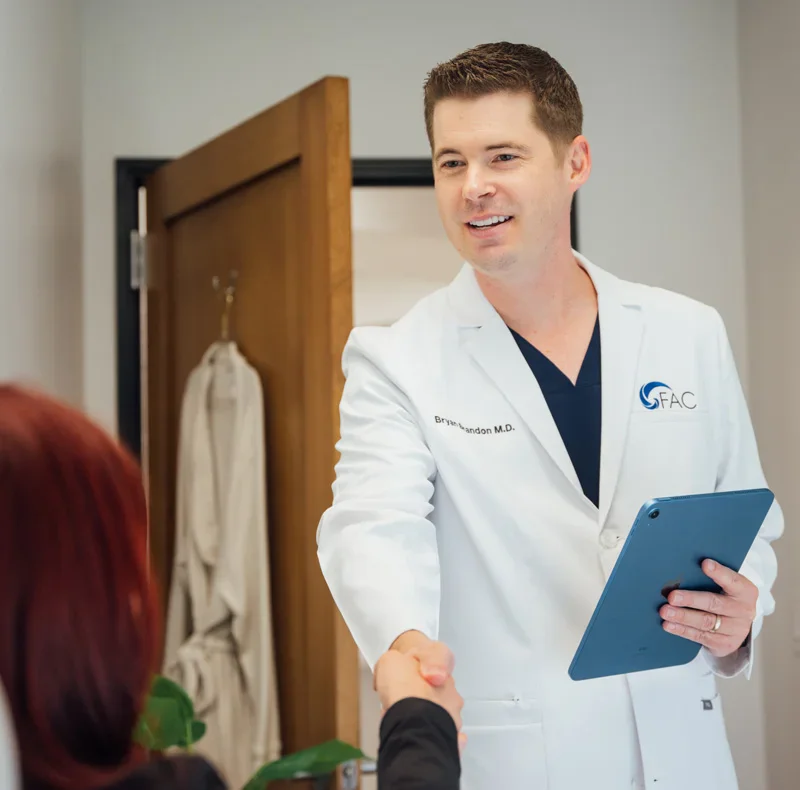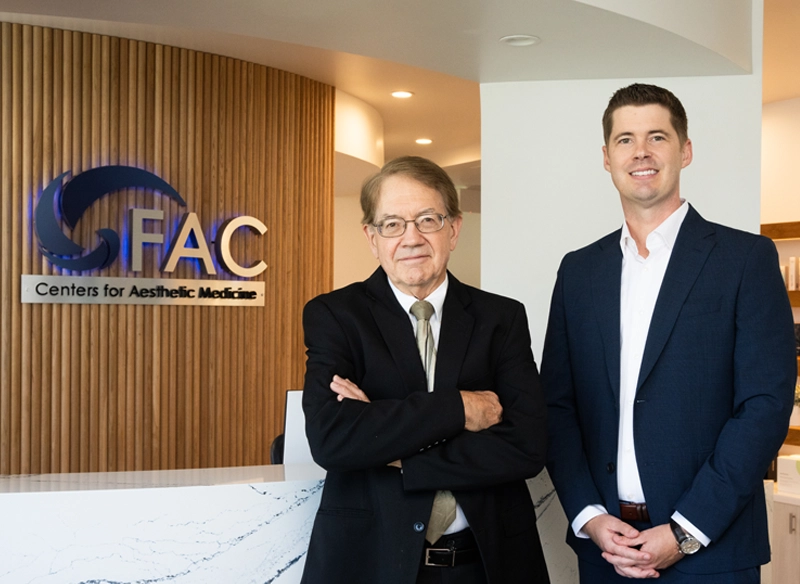Introduction
Introduction to Rhinoplasty
Dr. Bryan Brandon and Dr. Richard A. Gangnes at Facial Aesthetic Concepts are dedicated to helping you achieve the nose you’ve always desired by delivering natural, balanced results. They offer a variety of rhinoplasty options, both surgical and non-surgical, to enhance the appearance of your nose and improve its function.
At your consultation, your surgeon will discuss the procedure in detail and work with you to create a personalized plan. The consultation can be scheduled at one of our three Southern California locations. Ready to enhance your profile and boost your confidence? Schedule a consultation at Facial Aesthetic Concepts today!
